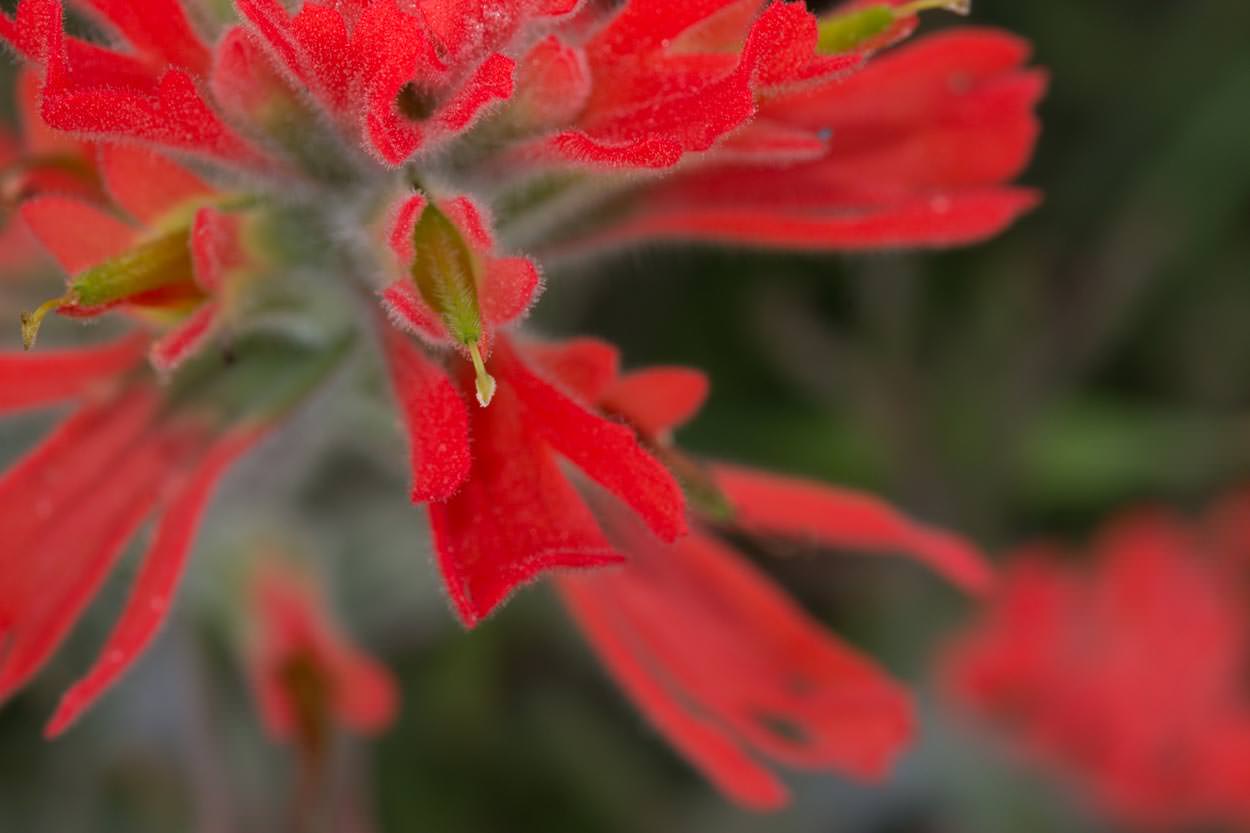

It also symbolizes intuition and trust in making new and bold decisions.Īnother important meaning of the Indian paintbrush flower includes feeling supported and comfortable in and on any new life path. It symbolizes confidence and clarity of thought if a person is embarking on a new life path. The Indian paintbrush flower’s meanings are many. What does the Indian Paintbrush flower symbolize? In the right conditions, it reseeds every year in the fall. It has a short life and dies after it puts out seeds. Indian paintbrush usually flowers in the second year, during the summer. It starts to put out rosettes in the first year of its life and can flower in the spring. In this part of the world, it is a biennial, and flowers twice a year. Indian paintbrush is considered a wildflower and grows abundantly in forest clearings and across grasslands in the southwest and western US. One genus of the plant can be found in Russia’s Northwest. Indian paintbrush species can be found west of the Americas, from the tip of Chile to Alaska. The plant is named for the Spanish botanist Domingo Castillejo to honor his work in the field. It is part of the Orobanchaceae family, with many subspecies. It belongs to a species consisting of circa 200 herbaceous plants, annual and perennial, and is a part of the figwort family. The Indian paintbrush flower is a striking plant, also known as Castilleja Indivisa, desert Indian paintbrush, or Prairie fire. With very little care, this plant can be propagated for many years.Last updated on May 21st, 2023 at 09:25 am Fruits are only occasionally produced indoors, presumably for lack of pollinating insects, but when one does produce a seed, this can be sown, and should grow, though it is a slower process. Offsets can be separated carefully from the parent plant to be grown on, preferably when they are fairly well developed, and ensuring that there is some root on them. It reproduces readily by adventitious buds or offsets, which may be removed when the flowering period is over. This plant has gained the Royal Horticultural Society's Award of Garden Merit.
Paintbrush plant family name full#
It prefers not to be in full sun, but is very tolerant of under-watering, and flowers better if restricted in a small pot. This is a very successful indoor plant where it is too tender to be grown outdoors, and thrives on "healthy neglect". albiflos is hardy down to about 1 ☌ (34 ☏) but does not survive prolonged freezing temperatures. The whole plant grows to 20–30 cm (8–12 in) tall by 15 cm (6 in) wide. In late autumn and winter, brush-like umbels comprising multiple tiny white florets are borne on stout stems, followed by fleshy red oval fruits which have white seeds. The leaves are up to 40 cm (16 in) long, and may have a covering of short, soft hairs, and occasionally yellow spots on the upper surface. Since it produces a pair of leaves once a year and is evergreen, the plant may have up to three pairs of leaves.

The upper half of the bulb is usually exposed and bright green. As a pot plant it has been called "elephant's tongue" and "elephant ear" - for its leaves - or "shaving-brush (or paintbrush) plant" - for its flowers. The specific epithet albiflos means "white flower" in English. albiflos is the only Haemanthus species found in both winter and summer rainfall regions, and has a mainly coastal distribution from the southern Cape through the Eastern Cape to KwaZulu-Natal, showing a preference for cool, shady spots. It is an evergreen bulbous perennial geophyte, prized horticulturally for its unusual appearance and extreme tolerance of neglect. It is sometimes given the English name paintbrush, not to be confused with Castilleja species which also have this name. Haemanthus albiflos is a species of flowering plant in the family Amaryllidaceae, native to the coast and mountains of South Africa.

Haemanthus pubescens (Herb.) Ker Gawl.


 0 kommentar(er)
0 kommentar(er)
